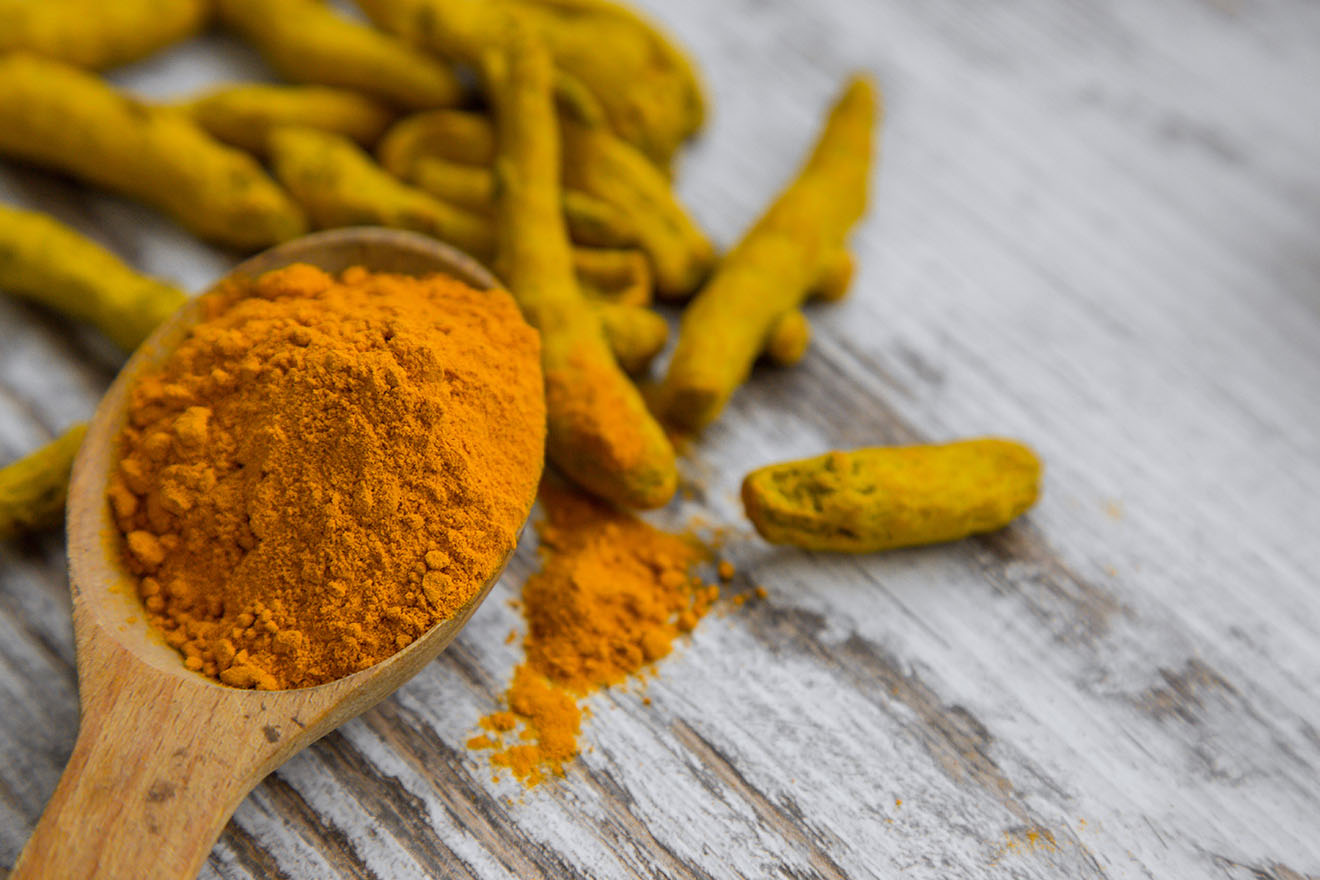
In this blog, I will try and demystify some of the common myths about Ayurveda and the use of Turmeric.
People think that Ayurveda is a mystical science using magical herbs and various practices for achieving optimal health!
The truth is that Ayurveda is all about principles. It is all about knowing your true self. It’s understanding that each one of us is a unique individual. It is about how we are inter-dependent on this universe and how to live in sync with this universe. It’s all about achieving balance! Once you are able to demystify your own body and what it needs to stay healthy, it becomes easy for you to use all the things mother nature has provided us. We can pick and choose foods as per our needs, spices that suit our body, lifestyle habits that suit us and not get carried away by the demands of society and various marketing gimmicks!
Ayurveda is not about one size fits all approach! It truly honors the individual and has recommendations accordingly.
First, it is really important to get to know your true “PRAKRUTI”– your original mind body constitution!
Then get in sync with the circadian rhythm. This is a very big part of what Ayurveda is built on! This is a very simple thing but the results are huge! This must be your default setting! If you don’t follow the circadian rhythm, then no healer or no ayurvedic prescription can help you!
You cannot compromise on this. It is like swimming against the tide! If you swim with the tide, life becomes easier! If you have read my previous blogs on Ayurveda you know that different times of the day have different doshas that are dominant and this helps with different functions of the body. For example, 10:00-am- 2:00 pm is the pitta time of the day when our body’s digestion is at its peak especially around noon when the sun is at its peak! Therefore, if we have our biggest meal of the day around that time it will be better digested and assimilated in our body! Now if we go with this tide we will have a healthier life. If we go against this tide, i.e. we eat at the wrong times of the day, life becomes difficult as our health will stumble!
So, following the circadian rhythm is the most important principle of Ayurveda! Instead of fighting against the tide it is so easy to go with the flow!
Some herbs and spices have gained a lot of popularity lately and people have started using them on a daily basis! In this post, let’s demystify turmeric and see how it works in our body and whether it is safe for all!
Turmeric is one of the most well-known, widely researched, and commonly used Ayurvedic spices in the world. It’s called the golden wonder! It is used in every Indian household as no delicious curry is complete without turmeric. But lately it has been widely used as a dietary supplement as well with numerous health benefits, and even in topical application and skin products. There’s hardly a system in the body that isn’t supported by turmeric. It promotes digestion, supports the nervous system and skeletal system. It’s great for joint health! It even strengthens the immune system!
As per Ayurveda, turmeric helps in balancing vata, pitta, and kapha. But in excess, it can aggravate pitta and vata. It particularly has a beneficial effect on the rasa and rakta dhatus (the blood and plasma of the circulatory system). It also kindles agni (digestive fire), helping reduce kapha and ama (toxins). Its bitter and pungent taste and heating nature enable it to have a cleansing effect in the body.
A word of Caution: Turmeric can be really heating and drying for the body if used in excess. Therefore, we need to learn how to use turmeric in cooking in the right way! Whenever you use turmeric, use a generous amount of ghee along with it. Ghee will balance out its heating and drying aspects and allow the body to access the various benefits of turmeric without the side effects in some individuals.
When you use ghee along with spices and herbs it is like putting an address on that herb or spice. Ghee will help take that spice or herb to the correct destination in your body. It behaves like a carrier!
People generally miss out on these concepts of how to consume a particular spice or herb. What carrier they are going to use and what effect that herb or spice will have on your body or which part of the body they want to nourish with that herb?
A word of Caution: For women in their menopausal years! If you have a history of hot flashes and sweating and if you consume a lot of turmeric, it could create a lot of heat in your body!
Overconsumption of turmeric in the form of supplements could lead to skin issues, pimples, acne, mouth ulcers, menstrual imbalances!
If you are on blood-thinning and platelet-inhibiting medications or if you have acute hepatitis, jaundice, gallstones, bile duct obstruction, ulcers, and hyperacidity, do not take turmeric in excess or in supplemental form. Using very small amounts in cooking is acceptable but nothing more than that! Always consult with your health care provider or a licensed ayurvedic doctor before taking turmeric supplements.
Allow me to share my favourite Golden milk recipe with you all…
Golden milk has become really popular here in the West – most of the cafes are calling it ‘the turmeric latte’.
I used to drink this time-tested age-old recipe at my grandma’s house when all of us (maternal cousins) used to get together during the winter holidays! Oh, those lovely memories! My grandma used to make this delicious GOLDEN MILK before bedtime and we used to cuddle up with this warm cup of milk and listen to stories told by our grandma in her soothing voice!
This delicious recipe is perfect for soothing our nervous system in this fast-paced vata dominated world while delivering easy to digest nutrition. Golden milk is also a great way to enjoy the health benefits of spices. For the creamy element, both dairy and almond milk are encouraged and you’ll always find dairy is cooked to support your digestion (helpfully this long simmer makes the spices more absorbable too). Notice the addition of black pepper – very important for the absorption of turmeric (and all its wonderful health benefits!). Great for replenishing and relaxing, it’s also great for getting rid of those sleepless nights. With this recipe, you’re packing on the healing properties of all the additional spices. Turmeric is better absorbed with a fat. This is why I’ve used whole milk and I have also included the option to use coconut oil or ghee.
INGREDIENTS
- 1 C whole organic milk (or organic almond/coconut milk)
- ½ C Water, for simmering
- 1 cardamom pod, cracked
- 1/4 tsp organic turmeric powder
- ½ inch piece of fresh ginger, grated
- 1/8 tsp freshly ground black pepper
- 1 date to sweeten (finely chopped)
- 1/4 tsp coconut oil or ghee (optional)
METHOD
- Place the milk in a small pot or milk pan. If you are using dairy milk, add ½ cup of water. If you are using almond/coconut milk, add ¼ cup of water.
- Add all the ingredients except ghee or coconut oil.
- Gently simmer for approx.. 5-10 minutes.
- Strain and enjoy it hot/warm! You may add ghee or coconut oil at this time if you are a vata or Pitta dominant individual.
To learn all about how to balance your Doshas using an Ayurvedic diet and lifestyle, Check out OUR SELF-PACED ONLINE COURSES that include a perfect blend of Holistic Nutrition and ancient Ayurvedic wisdom!
- THE COMPLETE GUIDE TO STRESS MANAGEMENT
- TAKE CONTROL OF YOUR BLOOD SUGAR NATURALLY!
- BASICS OF HEALTHY EATING
- THE DIGESTION- IMMUNITY CONNECTION
- MANAGE BACK PAIN USING DIET & LIFESTYLE
- WHAT’S YOUR DOSHA?
- BASICS OF AYURVEDA
CONNECT WITH US & BE THE FIRST ONE TO RECEIVE DISCOUNT COUPONS FOR ANY OF OUR SERVICES!
NAMASTE,

Preeti Syal
M.Sc., R.H.N., Certified Ayurvedic Lifestyle Consultant
The content provided in my blogs are for knowledge sharing purposes only and is not intended to be a substitute for professional medical advice, diagnosis or treatment.


